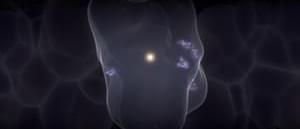In 2001, the founder of Mitticool ceramics learned many of his customers in India don’t have regular access to electricity. So he invented a fridge made out of clay. It keeps food 8 degrees cooler than the outside air, but it doesn’t need any electricity to run. And while other ceramics companies in the region shut down, Mitticool is thriving thanks to the success of the powerless, eco-friendly fridge.
MORE BIG BUSINESS VIDEOS:
How Millions Of Hearing AIDS Are Made In America | Big Business.
https://www.youtube.com/watch?v=Eri08ZZ1Kmo.
How This 8,000-Pound Crystal Went From Mine To Smithsonian | Big Business.
How This 8,000-Pound Crystal Went From Mine To Smithsonian | Big Business.
https://www.youtube.com/watch?v=Z9NQ6VEciFk.
#BusinessInsider #Ceramics #Mitticool.
Business Insider tells you all you need to know about business, finance, tech, retail, and more.
Visit us at: https://www.businessinsider.com.
Subscribe: https://www.youtube.com/user/businessinsider.
BI on Facebook: https://read.bi/2xOcEcj.
BI on Instagram: https://read.bi/2Q2D29T
BI on Twitter: https://read.bi/2xCnzGF
BI on Snapchat: https://www.snapchat.com/discover/Business_Insider/5319643143
Boot Camp on Snapchat: https://www.snapchat.com/discover/Boot_Camp/3383377771
How 15,000 Ceramics Are Made A Day In Gujarat | Big Business.





